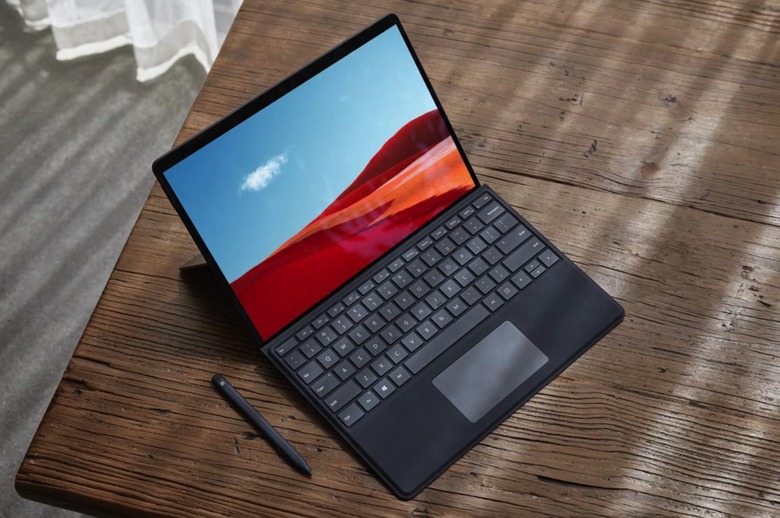Microsoft Office 2021 Launches On Windows And Mac Later This Year
- Microsoft announced that it would launch two one-time purchase versions of Office this year, including Office 2021 and Office LTSC.
- Office 2021 will target personal and small business users and will cost just as much as Office 2019.
- Office LTSC is made for enterprise customers that do not need the cloud power of Microsoft 365 or can't use the more feature-rich subscription version of Office.
Microsoft 365, previously known as Office 365, is the productivity suite that many people use. It's available in Home and Enterprise versions. Microsoft 365 includes access to all the apps you might need for work, whether it's the latest version of the Office suite of apps, cloud storage, or Skype access. Microsoft 365 also includes multi-device support, meaning you can use all the apps on all your computers, whether it's Windows or Mac or mobile devices running iOS or Android.
However, some customers might not need all that. Or they might not want to pay a monthly fee for access when a one-time license purchase will do. Microsoft just announced it'll continue to support those customers for the foreseeable future, whether they're home or enterprise users. Microsoft Office 2021 will launch later this year with a version called Microsoft Office LTSC targeting specific businesses that do not need the power of the cloud that backs the Office 365 suite.
In a blog post on Thursday, Microsoft announced that Office 2021 for consumers and small business would be released later this year. It'll be supported for five years and will cost just as much as Microsoft Office 2019. The new release will support Windows and Mac, just as before, and come with 32-bit and 64-bit versions. Microsoft has not announced all the Office 2021 features, saying they'll be released later down the road. But Microsoft 365 will likely continue to be the primary development focus for the company. Microsoft said as much when describing Office LTSC.
LTSC, short for Long Term Servicing Channel, will target those enterprise consumers who can't get on the cloud version or don't need it:
We have built Office LTSC for a limited set of specific situations: regulated devices that cannot accept feature updates for years at a time, process control devices on the manufacturing floor that are not connected to the internet, and specialty systems that must stay locked in time and require a long-term servicing channel.
Office LTSC will be 10% more expensive than before and will get five years of support. But it won't get all the bells and whistles of Microsoft 365 — here's a sample of the novelties built into this one-time purchase version of Office:
Without access to the cloud, Office LTSC will include only a subset of the value found in Microsoft 365 Apps, building on the features included in past releases. New Office LTSC features will include accessibility improvements, capabilities like Dynamic Arrays and XLOOKUP in Excel, dark mode support across multiple apps, and performance improvements across Word, Excel, Outlook, and PowerPoint. The next version of Office will not ship with the Skype for Business client app, which will be available as a download in the Microsoft Download Center. It will ship with the Microsoft Teams app, allowing customers to enable and trial this experience if they so choose.
Microsoft also adds that the subscription productivity suite "will continue to get the latest innovations in modern collaboration, advanced security, and intelligent capabilities and ship them as soon as they are available."
Office LTSC will be available alongside a Windows 10 LTSC version, and both of them will be released in the second half of the year.
